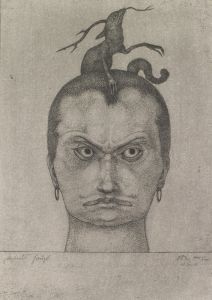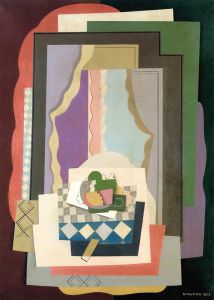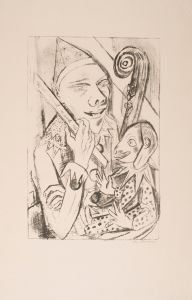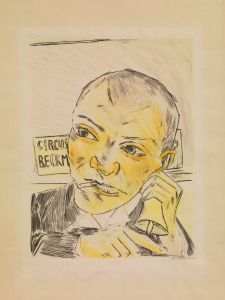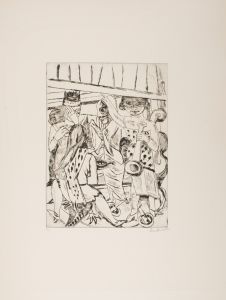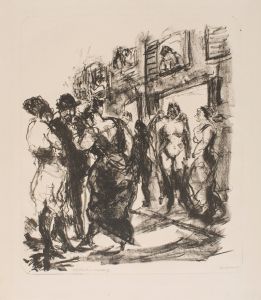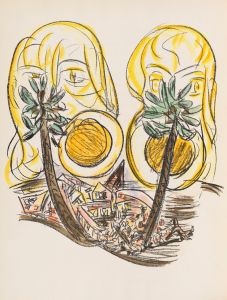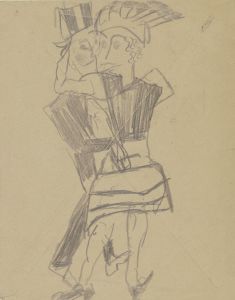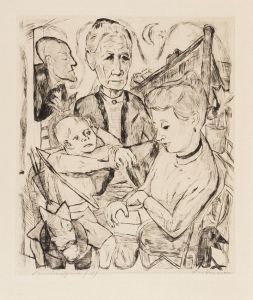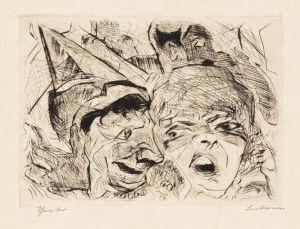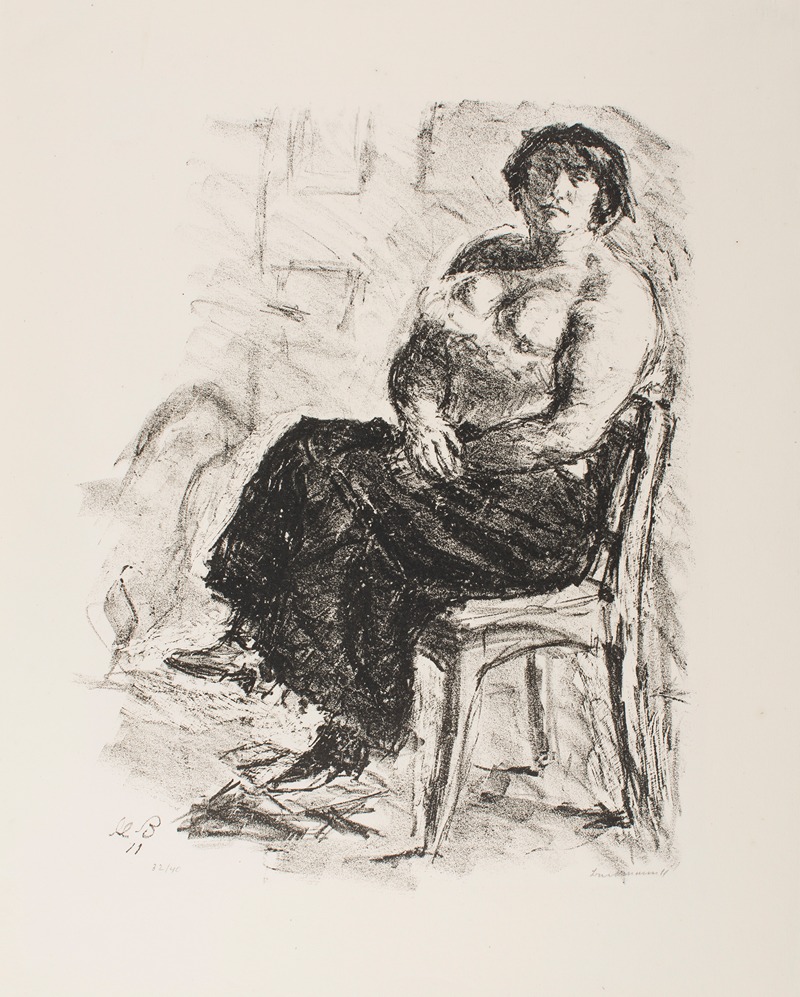
Model
A hand-painted replica of Max Beckmann’s masterpiece Model, meticulously crafted by professional artists to capture the true essence of the original. Each piece is created with museum-quality canvas and rare mineral pigments, carefully painted by experienced artists with delicate brushstrokes and rich, layered colors to perfectly recreate the texture of the original artwork. Unlike machine-printed reproductions, this hand-painted version brings the painting to life, infused with the artist’s emotions and skill in every stroke. Whether for personal collection or home decoration, it instantly elevates the artistic atmosphere of any space.
Max Beckmann, a prominent German painter, is known for his distinctive style that combines elements of Expressionism and New Objectivity. One of his notable works is "Model," a painting that exemplifies his unique approach to art during the early 20th century. Beckmann's career was deeply influenced by the tumultuous historical context of his time, including the two World Wars and the Weimar Republic's cultural environment.
"Model" was created during a period when Beckmann was exploring themes of identity, human experience, and the complexities of modern life. His works often reflect a deep psychological insight, characterized by bold colors, strong lines, and a sense of drama. Beckmann's paintings frequently feature figures in theatrical settings, which can be seen as a metaphor for the human condition.
In "Model," Beckmann employs his signature style to depict a figure that is both enigmatic and compelling. The painting captures the essence of the sitter with a focus on their individuality and presence. Beckmann's use of color and form is deliberate, creating a composition that draws the viewer into the subject's world. The model's expression and posture suggest a narrative that is open to interpretation, inviting viewers to engage with the painting on a personal level.
Beckmann's work is often associated with the New Objectivity movement, which emerged in Germany in the 1920s as a reaction against the emotional intensity of Expressionism. This movement emphasized a more realistic and detached approach to art, focusing on the objective representation of reality. However, Beckmann's style retained an expressive quality, blending elements of both movements to create a unique visual language.
Throughout his career, Beckmann faced significant challenges, particularly during the rise of the Nazi regime in Germany. His art was labeled as "degenerate" by the Nazis, and he was forced to leave Germany in 1937. Despite these obstacles, Beckmann continued to produce powerful and thought-provoking works, eventually settling in the United States, where he continued to paint and teach until his death in 1950.
"Model" is a testament to Beckmann's ability to capture the complexity of human emotion and the intricacies of modern life. His work remains influential, and he is regarded as one of the most important artists of the 20th century. Beckmann's paintings, including "Model," continue to be studied and appreciated for their depth, technical skill, and the unique perspective they offer on the human experience.
In summary, Max Beckmann's "Model" is a significant work that reflects the artist's distinctive style and thematic concerns. Through his use of color, form, and composition, Beckmann invites viewers to explore the narrative and emotional depth of his subject, making "Model" a compelling piece within his oeuvre.





